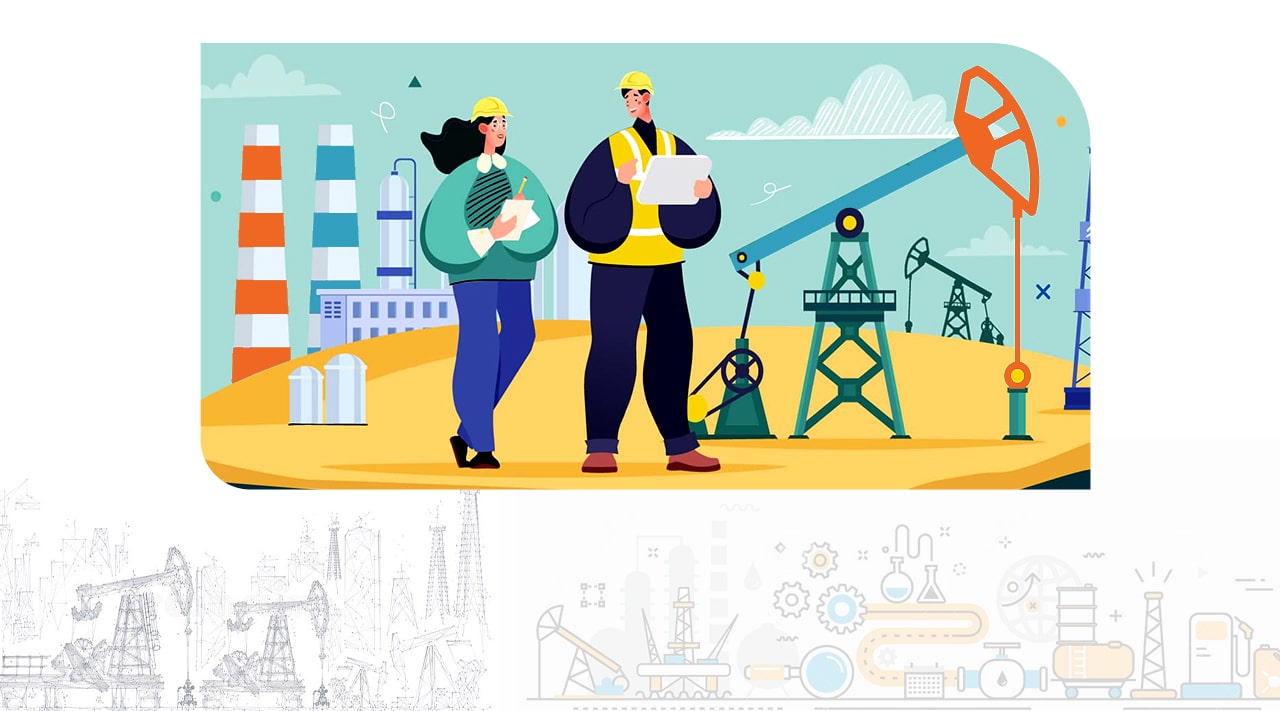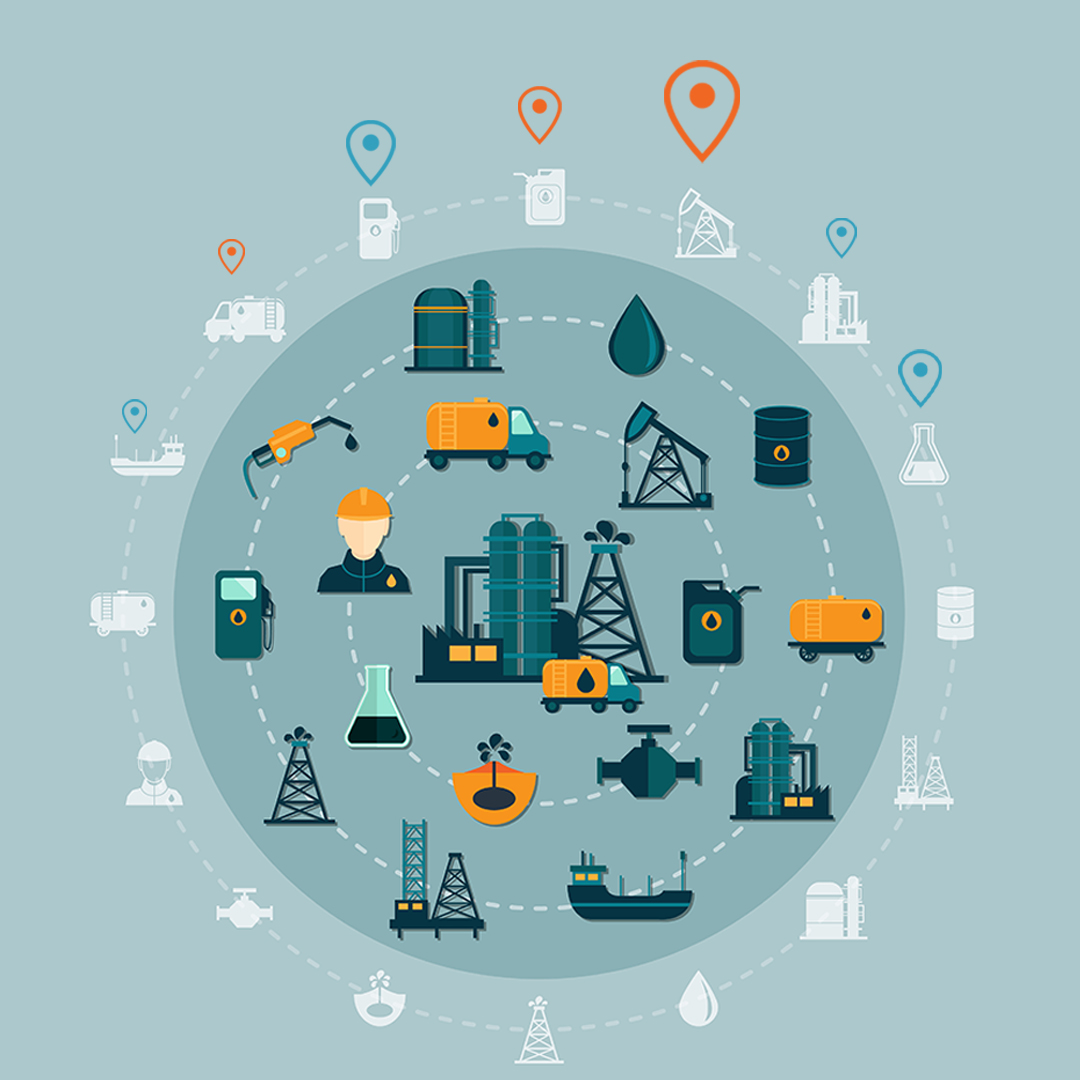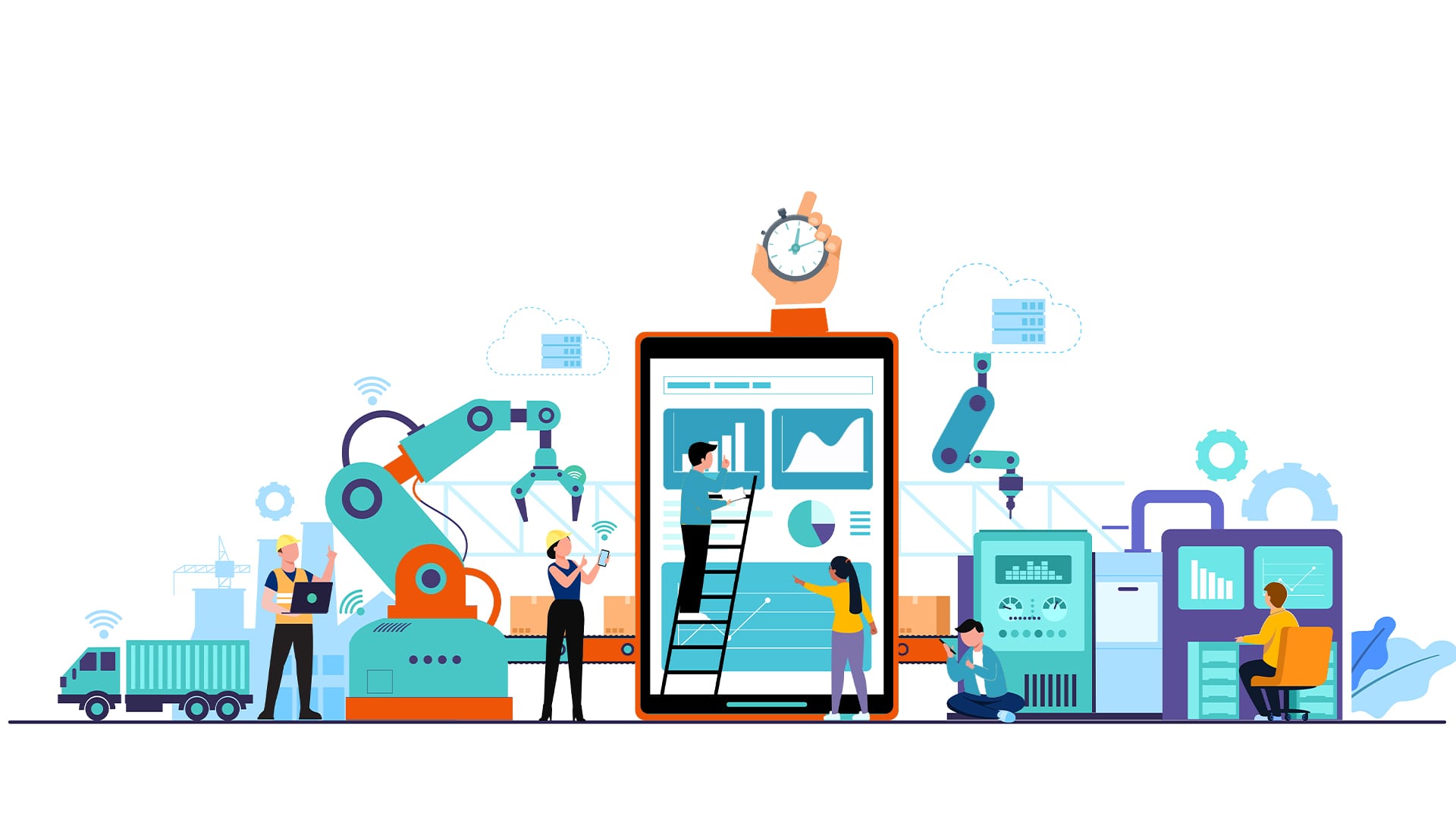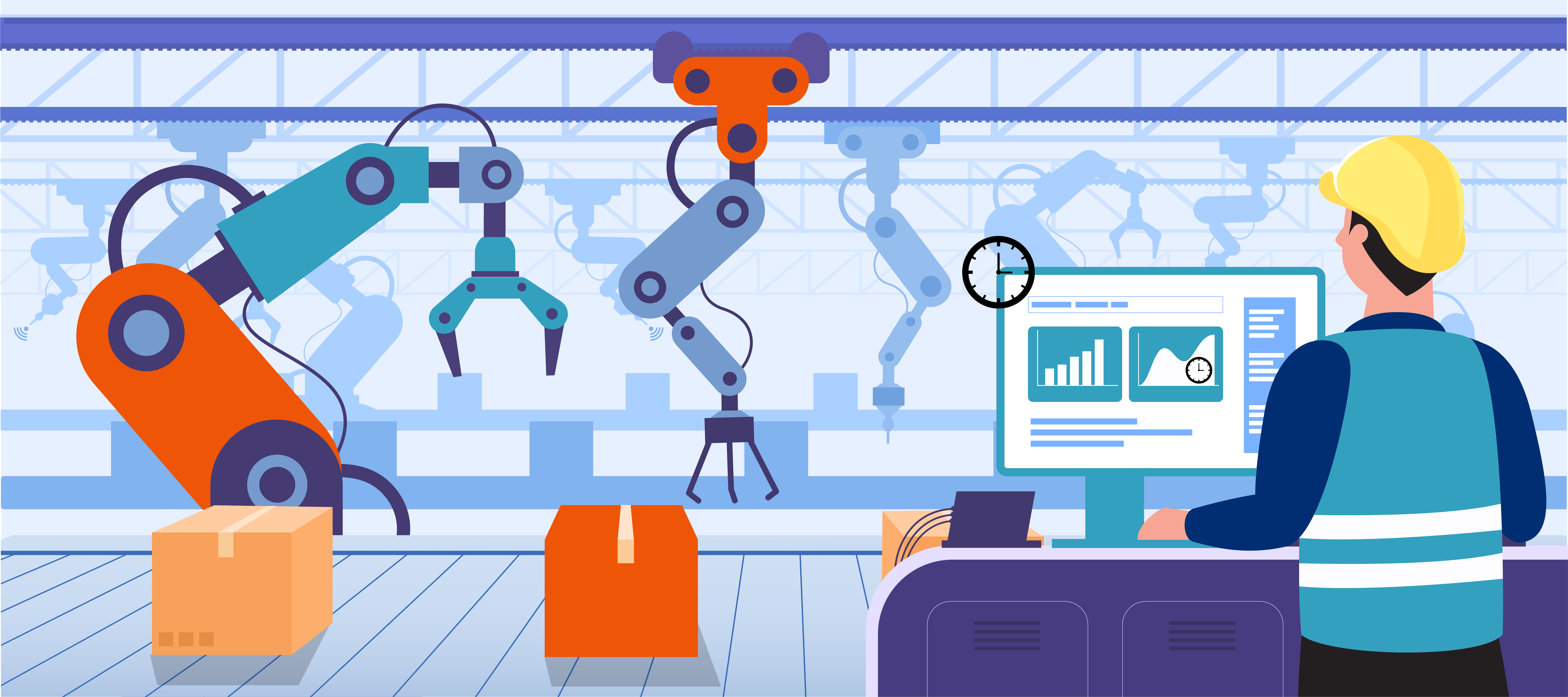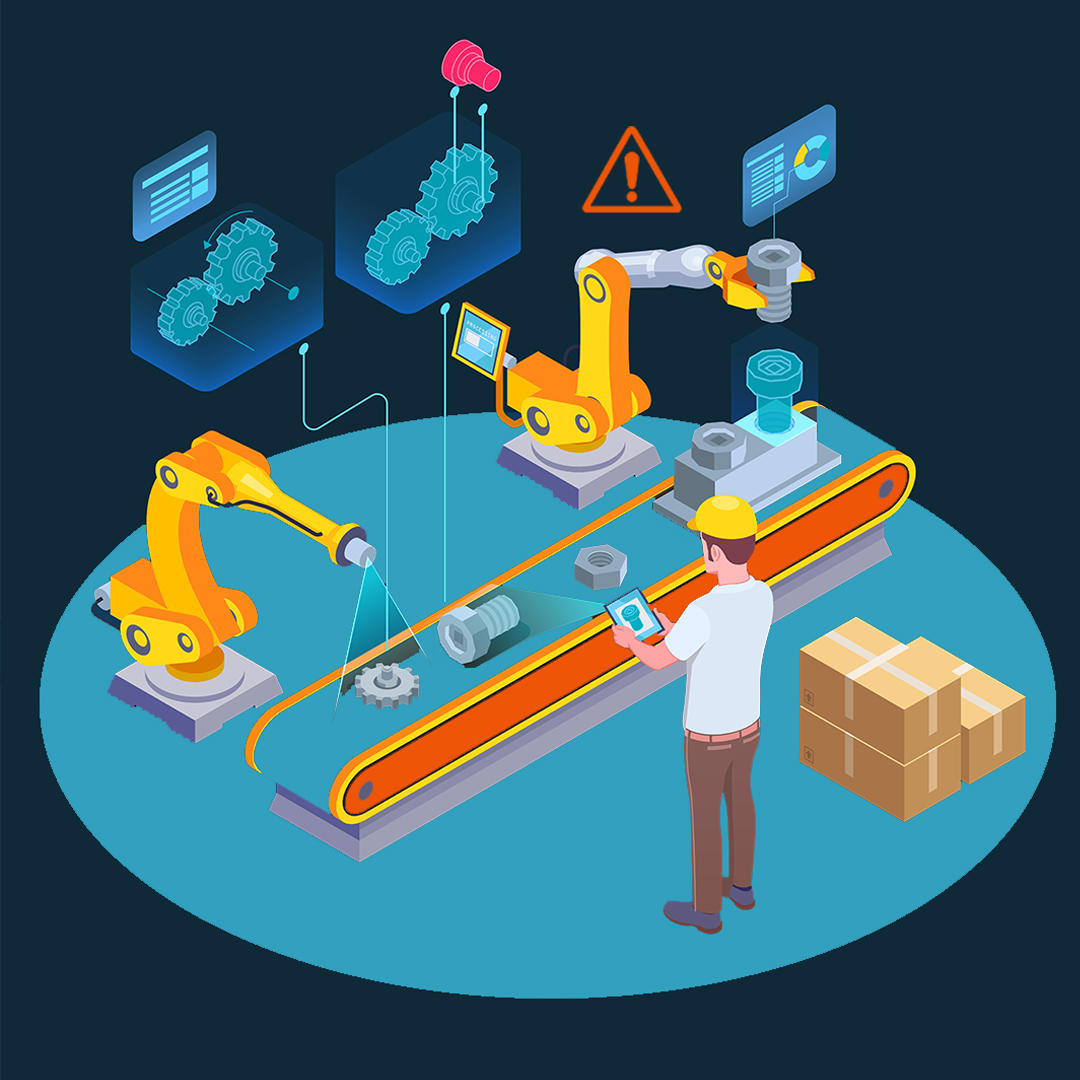Table Contents
Designing a Modern Emergency Communication Plan
How Emergency Communication Software Can help
What to Look for in Emergency Communication Software
Keeping Employees Safe, Informed and Connect with Zapoj CEM
Introduction
Businesses now face an increasing number of threats to their people and operations, from severe weather, natural disasters, and active shooter events to the risk of business-critical disruptions such as cyberattacks, IT outages, and supply chain disruptions. During these critical events, it is the responsibility of leadership to ensure employees are safe, informed, and connected.
When things are going well and business is running as usual, this can be relatively simple. But as soon as an emergency occurs or things start going wrong, ensuring your employees are safe becomes a little (or even a LOT) more complicated
That’s when emergency communication comes in
Communication plans are important for many occasions in a business:
- a new product launch,
- a leadership change,
- a new technology solution, etc.
So it stands to reason that you would have a plan during an emergency, when good communication can be the difference in stopping preventable employee injuries, illnesses, and fatalities.
Emergency preparedness doesn’t start during the emergency; it starts well before. There are a number of preventive and mitigation measures that companies can take to protect their employees and business.
These actions may include but are certainly not limited to:
- Assessing risks
- Documenting response plans
- Training employees
- Conducting drills
- Soliciting feedback
- Building a communications plan
With an effective communication plan, though, you can dramatically reduce the impact of any unexpected, unpredictable, and disruptive events. A good plan and implementation can prevent these events from escalating into crises and mitigate their impact on employee safety.
Throughout the rest of this eBook, you’ll learn how to formulate a communications plan that will help keep your employees safe during any emergency, and you’ll get a detailed look at how the right technology can make it easier.
Designing a Modern Emergency Communication Plan
The best time to prepare for an emergency is well before one strikes. During critical events, the difference between a minor incident and a major disaster could be a matter of minutes or even seconds. The heat of a crisis is not the time to figure out what you need to do to effectively communicate with and ensure the safety of impacted employees.
This is why it’s so important to take a proactive approach to emergency  communication. You want to understand and set up the core elements of your emergency communication strategy well in advance of any event or disaster. That way you can ensure the best possible outcomes for your people and the business.
communication. You want to understand and set up the core elements of your emergency communication strategy well in advance of any event or disaster. That way you can ensure the best possible outcomes for your people and the business.
Here are two questions you should ask yourself when developing an emergency communication plan:
WHAT SHOULD WE COMMUNICATE ABOUT?
The first step to designing a modern emergency communication plan is to determine what types of events you may face that would require emergency communication. Employees should be informed of emergency situations anything that could pose a threat or risk interrupting or halting business operations that occur in close proximity to where they live or work, as well as any actions they should take.
It’s also important to reframe your thinking on what constitutes an “emergency.” After all, there are many threats such as IT and operational threats that will never show up on the evening news but could have a significant impact on your people and business. In addition to the traditional emergency situations like natural disasters or threats of violence, there are a number of more common events your business will encounter where effective, timely communication is just as important. Whether it’s cybersecurity threats, disease outbreaks, power/service outages, or sudden office closures, any event in which a large number of employees need information quickly should be taken into account as part of your emergency communication plan.
HOW WILL COMMUNICATION OCCUR BETWEEN EMPLOYEES AND THE BUSINESS?
Perhaps the most important part of any emergency communication plan is how you will communicate. When developing your plan, it is essential to consider how employees will be notified of an emergency, how information will be delivered and received, and how effective the channels of communication will be at reaching every employee in harm’s way.
During critical events, phone calls and emails are no longer enough. Manual phone trees are prone to errors and long delays, and there are several problems with relying solely on email for emergency communication.
Research finds that fewer than half of employees even open internal communication emails. Emails just don’t create the sense of urgency that is needed when communicating time-sensitive information. Some hourly and frontline employees such as retail associates and distribution center workers do not have a company email address. For those that do, they do not have access to it from their personal phone outside of business hours.
Furthermore, if phone lines are down or email is inaccessible as can often be the case in emergency situations your employees may never receive the message at all. If an organization is hit with a network virus, for example, relying on email as the only communication channel would be useless, or even counterproductive.
Fortunately, there are new technology solutions that prove much more effective in helping businesses communicate with employees when an emergency strikes.
How Emergency Communication Software Can Help
Today’s workforce is more dispersed and mobile than ever before, making emergency communication increasingly important and also more challenging. But with a modern emergency communication system, organizations can enable the fast, reliable delivery of mass notifications to any size audience, on any device, over any communication channel, anywhere in the world. This means that you can easily send secure notifications to affected employees in seconds, even from a mobile device.
By using emergency communication software with multichannel, two-way communication capabilities, you can rapidly send and receive messages across multiple channels to ensure the right people get the messages they need, when they need them.
But these software solutions can go even further. Many businesses also use emergency communication software to easily segment and deploy other critical business announcements—such as information about policy changes or open enrollment deadlines—to streamline the internal communication processes and maximize the value of their technology investment.
Every organization regardless of size, industry, or location will face unexpected events that can be managed more effectively with the help of emergency communication technology. And when the health and safety of your people is at stake, only an enterprise emergency communication system can offer the speed, reliability, and user experience you need.
But with so many emergency communication systems on the market today (all with varying levels of sophistication, ease of use, and support) navigating the crowded emergency communication technology landscape can seem overwhelming. So, what features should you focus on to ensure your chosen platform can deliver on its promise to protect your people and your business?
What to Look For in an Emergency Communication System
When it comes to choosing an emergency communication system, first you want to get input from key stakeholders across the business such as IT, HR, EHS, Risk Management, and Corporate Communications to identify and understand the unique characteristics and requirements of the business, that way you can find a solution that works for the business as a whole.
Everyone will have a few different requests, but the most important thing is to find a system you can grow into rather than one you’ll find yourself soon growing out of. An emergency communication system should also have the right balance of simplicity and power: It should be simple enough that anybody can use it without any specialized training, but reliable enough to handle any emergency and not be quickly outgrown as the organization expands or grows in complexity.
To maximize the effectiveness of your emergency communication system, here are a few key capabilities you should look for:
1) Real Time Location Tracking and Geo-fencing
From severe weather to power outages to office closures and acts of violence, critical events are often location-specific. As such, an emergency communication system should allow you to rapidly connect with all employees who live, work, or are traveling in a specific area should a local emergency arise.

Map tracking and geofencing capabilities give you visibility into where your employees are at any given time and allow you to quickly communicate with everyone in a certain geographical area. Having a map view that layers in multiple known locations for employees such as their home and work addresses is critical to keeping employees informed of local threats. And with geofencing capabilities, you can actually draw a virtual fence around a particular area and alert every employee within that fenced area with targeted messaging.
2) TWO-WAY COMMUNICATION
During an emergency, it’s important to establish a two-way dialogue with your employees, who can often provide important information about the event as it’s taking place. Your system should include audience communication features such as read receipts, surveys,  incoming messages, and “need help” requests.
incoming messages, and “need help” requests.
When it comes to meeting your organization’s duty of care responsibilities and ensuring the welfare of employees impacted by critical events, the ability to send a message with a read receipt request is a particularly important feature. To conduct an employee wellness check, you can send a message asking employees to acknowledge receipt by simply pressing a number on their phone’s keypad. When people don’t acknowledge receipt, the message can be automatically resent across multiple channels until delivery is confirmed. This can give you rapid visibility into which employees are safe and which employees might be in need of further assistance, in order to inform your emergency response plans and procedures.
3) MULTICHANNEL DELIVERY
More than half (52%) of information workers use three or more devices for work purposes, and 90% of us switch between digital screens throughout the day.

When you consider this—along with the possibility that one or more communication channels may be inaccessible, such as during an IT or power outage— the importance of multichannel message delivery becomes apparent.
A communication system needs to enable more than just phone and email communications. After all, if you target only one or two communication channels, you may miss a significant number of employees who may be in harm’s way. Your system should allow you to send and receive unlimited messages to your audience via voice call, text message, email, mobile app push notification, social media, and any number of custom channels.
4) FULL-FEATURED MOBILE APP
We no longer live in a world where most of us drive to work, stay at the same desk for eight hours, then drive home. Whether you call it remote  work, telecommuting, flexwork, or having a dispersed workforce, most employees today are on the go. And that means it’s vital that your emergency communication system comes with a full-featured, native mobile app—for both iOS and Android devices—to effectively communicate with your audience. A best-in-class app should allow you to quickly send messages from a mobile device using pre-built notification templates, monitor potential threats on the fly, and interact with your audience via in-app messaging.
work, telecommuting, flexwork, or having a dispersed workforce, most employees today are on the go. And that means it’s vital that your emergency communication system comes with a full-featured, native mobile app—for both iOS and Android devices—to effectively communicate with your audience. A best-in-class app should allow you to quickly send messages from a mobile device using pre-built notification templates, monitor potential threats on the fly, and interact with your audience via in-app messaging.
Download
5) INTEGRATED RISK INTELLIGENCE AND THREAT ALERTS
An emergency communication system with integrated threat monitoring and intelligence capabilities will help you automatically monitor for threats around the world and calculate the proximity of those threats to your people, locations, and assets so you can proactively protect your business. Using real-time data from thousands

of trusted sources which is then curated and verified by trained analysts—a modern emergency communication system with threat intelligence offers relevant insight into how your people and business could be impacted by evolving, nearby threats and will help you accelerate response times.
Acting as your eyes and ears, a vendor-provided 24/7 threat monitoring service should offer the ability to automatically push out alerts when it detects threats that are relevant to your business and your employees. This not only provides your team with real-time alerts and updates during critical events, but it also frees up your time to focus on the other critical tasks that need to take place during an emergency.
6) HR SYSTEM/DATA INTEGRATION
By communicating directly with your HR system of record, an emergency communication system can access accurate employee contact data in real time. This ensures your employees always get the messages they need, when they need them. Regardless of the location of your contact database—Active Directory, HRIS, CSV file, payroll system, or something else— you should be able to easily import people’s data with automatic data syncs, ensuring employee contact

information is always up to date.
Using this employee data, your system should also allow you to segment employees into dynamic groups based on location, department, or any other attribute. After all, for communication to be effective, it must be targeted. Blasting your entire employee database with updates about location-specific incidents or information that may only be relevant to a subset of employees will only cause recipients to ignore future messages that may actually be critical to their safety and well-being.
7) INTUITIVE EXPERIENCE
When it comes to emergency communication software, simplicity is the ultimate goal. To be used quickly and seamlessly in emergencies, any communication system must be intuitive and easy to use for both administrators and the audience. The fewer steps, clicks, and screens required to use the system, the better the user experience will be and the more the system will be effectively used. A good system should

also be easy to implement with little training or support, allowing you to be up and running within days, if not hours.
Since employees have varying levels of technical comfort and expertise, your emergency communication system should be so intuitive that even someone with minimal technical skills can navigate the system with relative ease. The faster and more accurately administrators can send critical messages or warnings, the safer your employees will be. And in the middle of an emergency when seconds count, you don’t want your people fumbling around trying to remember how to log in, reply to your survey, or send a request for help.
8) OUTSTANDING CUSTOMER SUPPORT
Customer support is a critical, but often overlooked, aspect of selecting an emergency communication system. But from implementation through the life of your contract, the quality and speed of customer support you receive from your technology provider has a direct impact on the effectiveness and success of your chosen platform. In order to get the most out of your investment, expert technical, tactical, and strategic support needs to be included.

An emergency communication software provider should have an extensive knowledge base and a reliable, expertly trained, Worldwide customer support team on call to assist you 24/7/365. Additionally, you should be assigned a single, dedicated customer support contact at no extra charge. This dedicated customer support contact should be able to quickly provide you with the answers and guidance you need—helping add your people to the system, setting up your account, assisting with integrations, providing training, and sharing mass communication best practices on an ongoing basis—to ensure successful solution adoption.
About Zapoj
Zapoj is a cognitive AI-based critical event management and resolution collaboration platform engineered to minimize disruptions proactively. It ensures worldwide business continuity, safety, and faster recovery of your critical assets like People, Facilities, Equipment, IT systems, and supply chain. Zapoj is a comprehensive end-to-end business resiliency platform for every organization of any size.
The Zapoj Platform for Critical Event Management combines leading Visual risk intelligence, Major Incident management, Emergency Mass Notifications, IT and IOT Event Management and critical communication & collaborations needed for Resilience, BCM, Security professionals and IT teams into one SaaS-based global portfolio. Our AI-powered platform is purpose-built to predict risk events with accurate and actionable information, enable critical communications & collaborations to allow response teams to react swifty , calmly and confidently.
Need Zapoj at your facility? Ask for a quick demo.










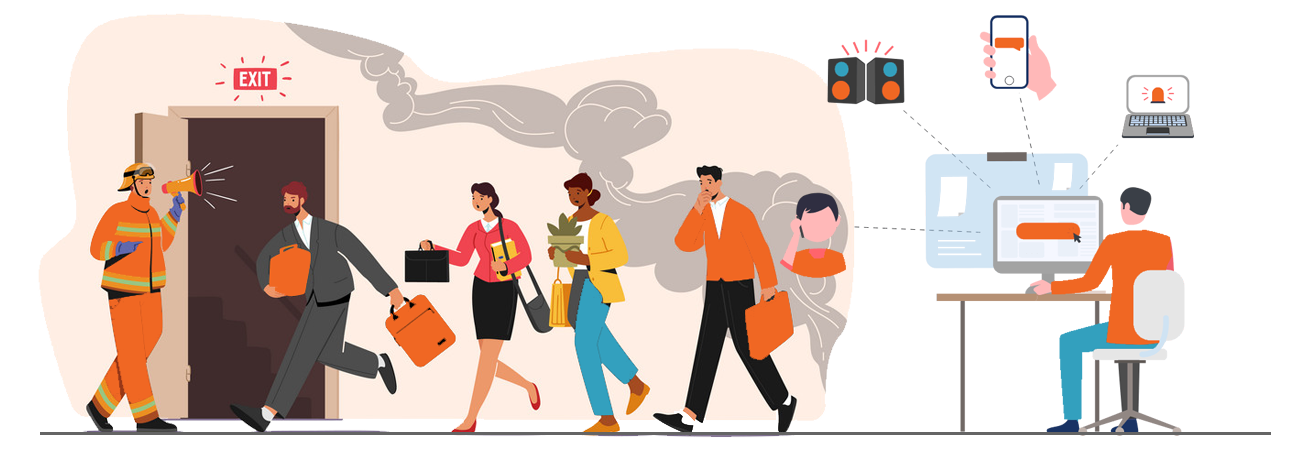
 communication. You want to understand and set up the core elements of your emergency communication strategy well in advance of any event or disaster. That way you can ensure the best possible outcomes for your people and the business.
communication. You want to understand and set up the core elements of your emergency communication strategy well in advance of any event or disaster. That way you can ensure the best possible outcomes for your people and the business.
 incoming messages, and “need help” requests.
incoming messages, and “need help” requests.
 work, telecommuting, flexwork, or having a dispersed workforce, most employees today are on the go. And that means it’s vital that your emergency communication system comes with a full-featured, native mobile app—for both iOS and Android devices—to effectively communicate with your audience. A best-in-class app should allow you to quickly send messages from a mobile device using pre-built notification templates, monitor potential threats on the fly, and interact with your audience via in-app messaging.
work, telecommuting, flexwork, or having a dispersed workforce, most employees today are on the go. And that means it’s vital that your emergency communication system comes with a full-featured, native mobile app—for both iOS and Android devices—to effectively communicate with your audience. A best-in-class app should allow you to quickly send messages from a mobile device using pre-built notification templates, monitor potential threats on the fly, and interact with your audience via in-app messaging.




 HR teams can use emergency communication technology is to support and protect employees when disaster strikes. With multi-channel, two-way emergency communication capabilities, HR teams can rapidly send and receive secure notifications across multiple channels-even from a mobile device-to keep employees safe and informed.
HR teams can use emergency communication technology is to support and protect employees when disaster strikes. With multi-channel, two-way emergency communication capabilities, HR teams can rapidly send and receive secure notifications across multiple channels-even from a mobile device-to keep employees safe and informed. employee contact information, which is vital to an effective response in the event of a true emergency. Using an emergency communication system, organizations can send out a notification to employees every few months instructing them to respond if they receive the message. HR can then follow up directly with those who don’t respond to verify whether their contact information has changed.
employee contact information, which is vital to an effective response in the event of a true emergency. Using an emergency communication system, organizations can send out a notification to employees every few months instructing them to respond if they receive the message. HR can then follow up directly with those who don’t respond to verify whether their contact information has changed. communication system to non-emergency events—including day-to-day HR, IT, and operational communication needs—organizations can get even more value out of their chosen solution, reaping tangible, company-wide benefits that can improve the return on their technology investment. And by investing in a technology solution that can help the entire organization communicate more effectively, HR can prove itself to be the strategic, innovative business partner every organization needs in these challenging times
communication system to non-emergency events—including day-to-day HR, IT, and operational communication needs—organizations can get even more value out of their chosen solution, reaping tangible, company-wide benefits that can improve the return on their technology investment. And by investing in a technology solution that can help the entire organization communicate more effectively, HR can prove itself to be the strategic, innovative business partner every organization needs in these challenging times
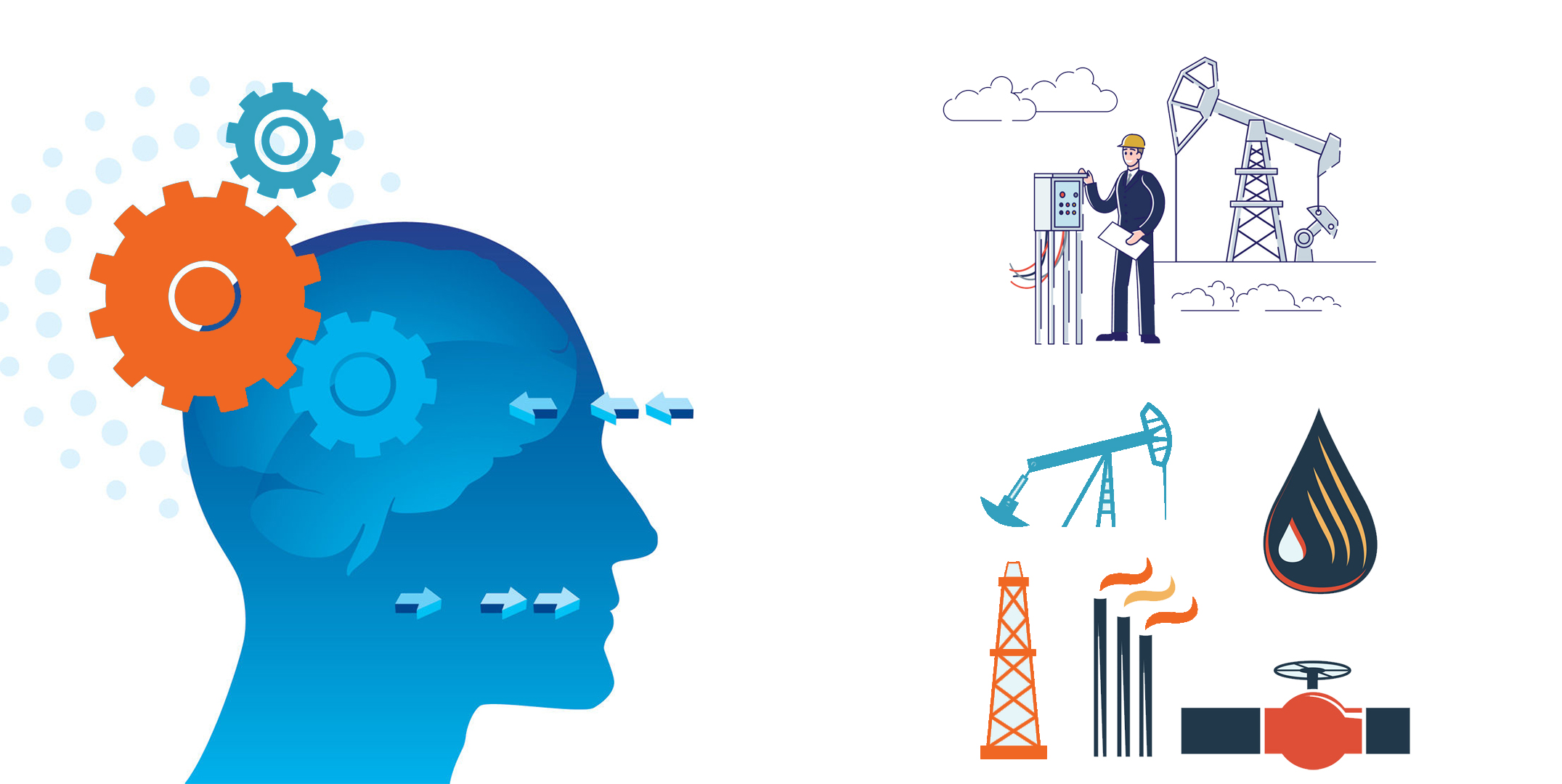
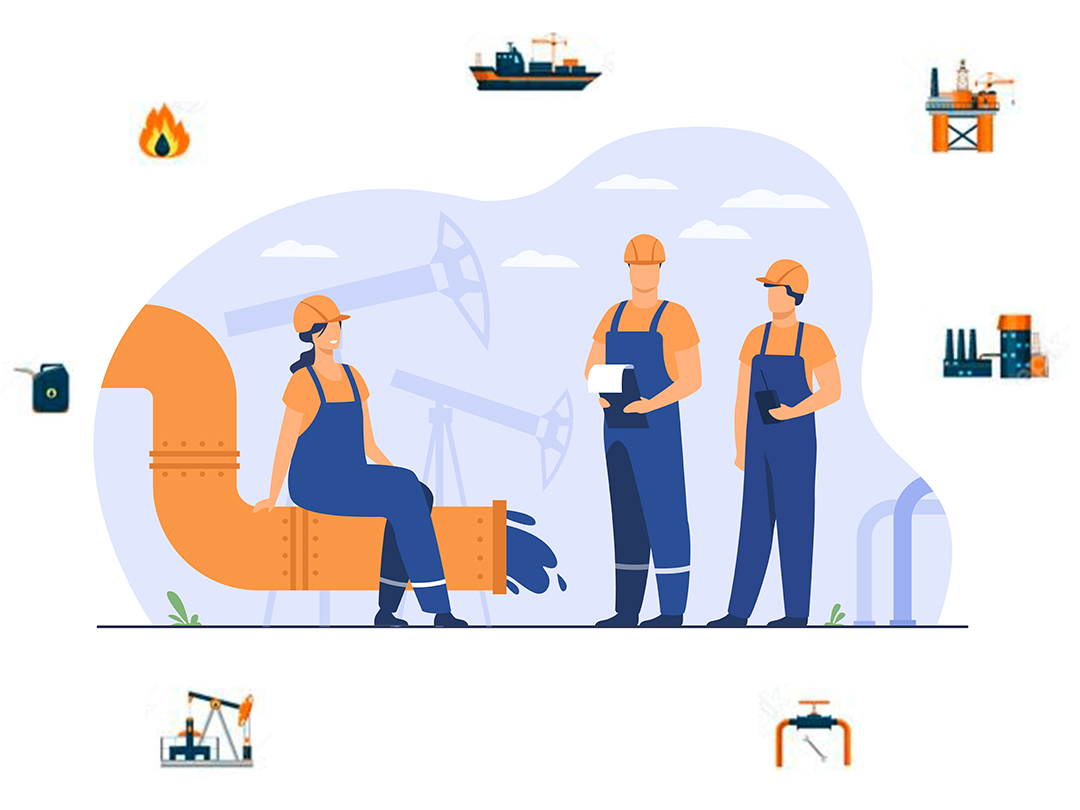

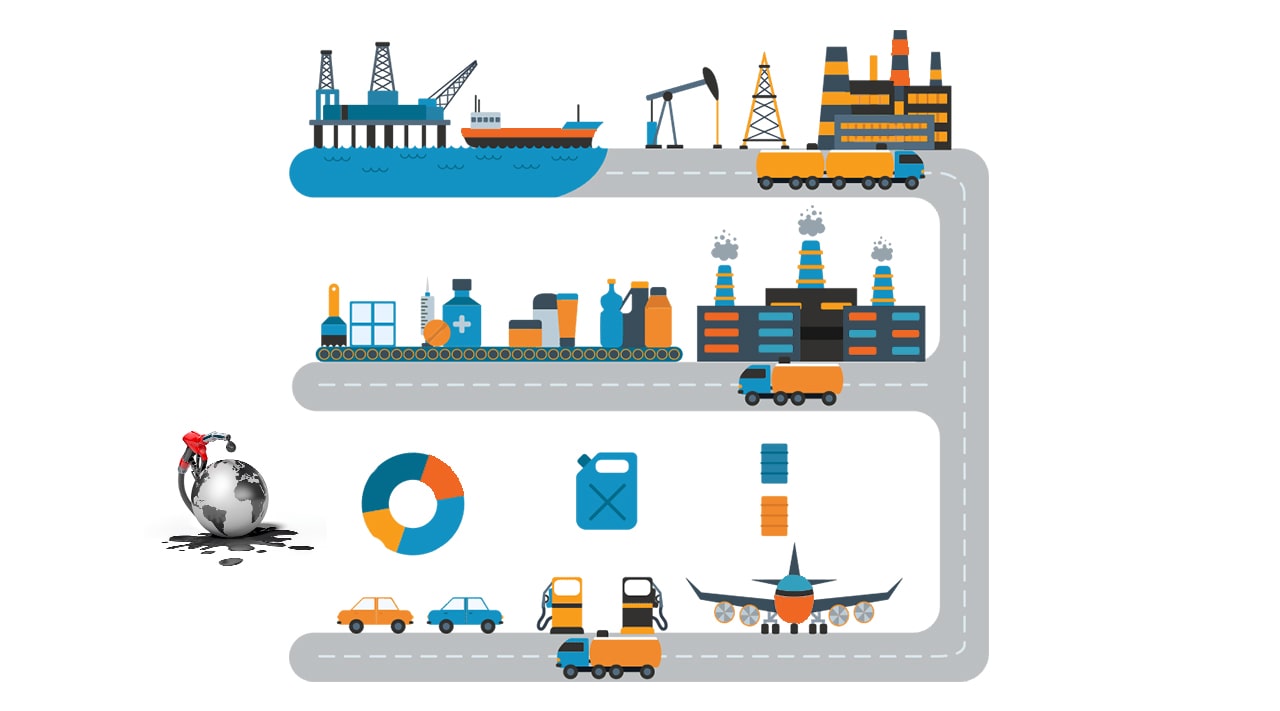

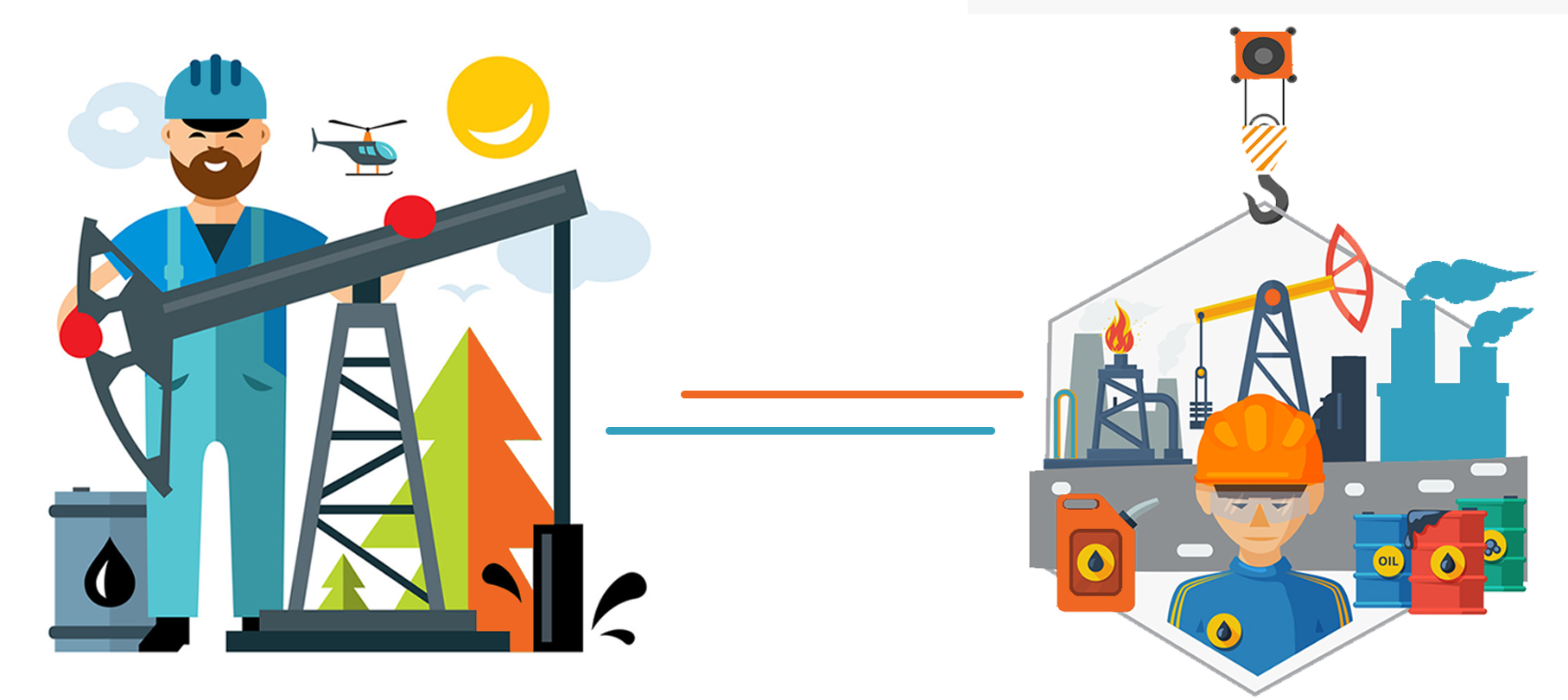
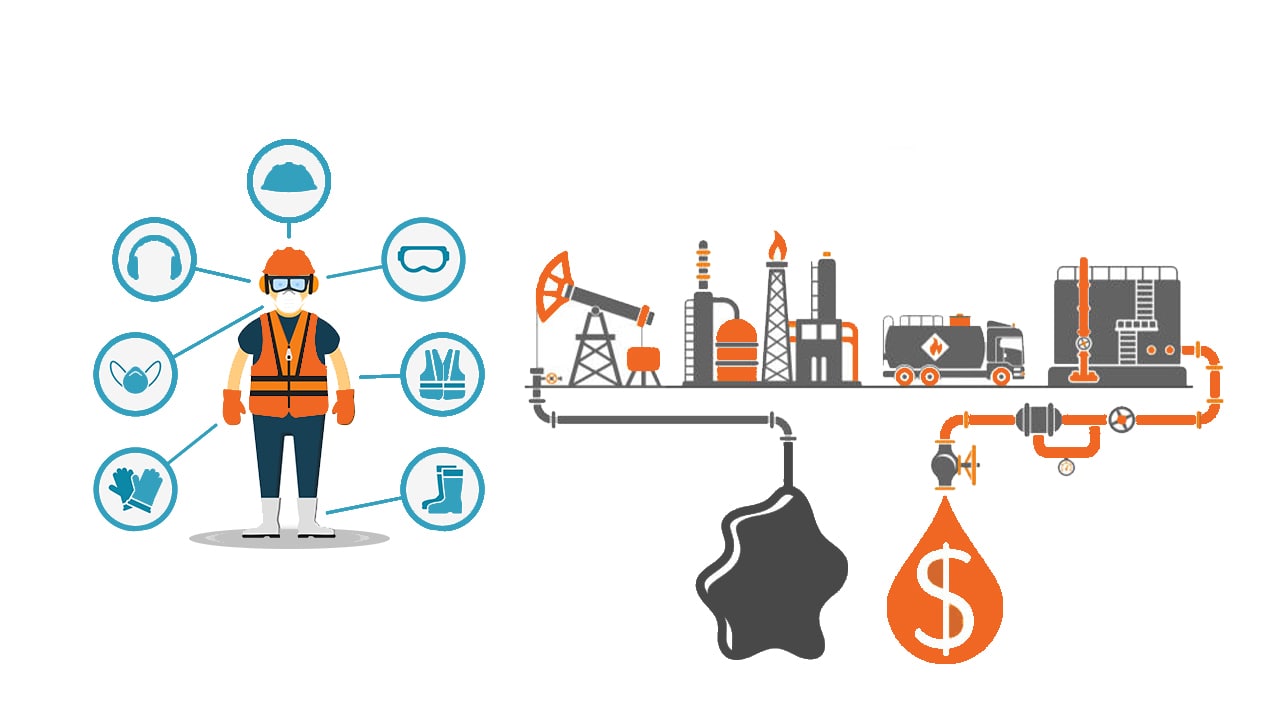


 configured and automated as it detects vulnerabilities like an explosion or chemical exposures. The flexibility of automation makes sure that information reaches at the right time as and when needed without causing information fatigue. Simultaneously, the message escalates through multimodal channels, so it reaches the person who needs it to get out of the trouble immediately. On other hand, the rescue team can use emergency notifications or multimodal communication capacity which provides the flexibility of voice calls and messaging to better coordinate and facilitate rescue operations.
configured and automated as it detects vulnerabilities like an explosion or chemical exposures. The flexibility of automation makes sure that information reaches at the right time as and when needed without causing information fatigue. Simultaneously, the message escalates through multimodal channels, so it reaches the person who needs it to get out of the trouble immediately. On other hand, the rescue team can use emergency notifications or multimodal communication capacity which provides the flexibility of voice calls and messaging to better coordinate and facilitate rescue operations.